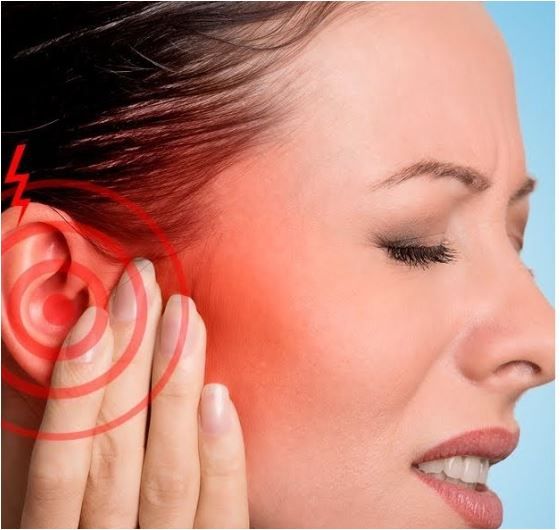Hearing Aid Trials Recommended After Study Reports Variable Hearing Problems
Written by |

Hearing aid trials are recommended for people with Charcot-Marie-Tooth disease (CMT), as hearing problems are variable in this patient population, a study reports.
Patients showed particular difficulty in hearing high frequencies, and in understanding speech when there was a noisy background, the researchers reported.
The study, “The audiologic profile of patients with Charcot- Marie Tooth neuropathy can be characterised by both cochlear and neural deficits,” was published in the International Journal of Audiology.
CMT, a group of neurodegenerative diseases estimated to affect 1 in 2,500 people, can be caused due to the loss of the protective myelin layer of peripheral neurons — such as in CMT1. It also can be caused — as in CMT2 — by the degeneration of peripheral nerve axons. In both cases, the damage leads to muscle weakness and sensation loss.
Previous studies suggest that people with CMT can have hearing loss as the result of damage to the cochlear nerves. That damage affects the nerve pathways that connect the inner ear sound detection system to the area of the brain that interprets sounds. While the ear cochlea works normally, the sounds transmitted by the nerves get distorted. This condition is called auditory neuropathy spectrum disorder (ANSD).
Researchers say it remains unknown if hearing loss persists across CMT groups. It also is unknown how other factors, like age, may affect it.
To answer this, a team of investigators analyzed a group of 79 people with CMT followed at the University of Iowa Hospitals and Clinics. The patients, 49 men and 30 women with a mean age of 49.77 years, all experienced hearing difficulties.
Among them, 44 were diagnosed with CMT1, and 27 with CMT2. Four patients were diagnosed with CMT-INT, a third form of CMT with nerves showing an intermediate function.
The participants underwent full audiological assessment, which included evaluating cochlear and retrocochlear function, perception of speech, and subjective hearing impairment.
In agreement with previous studies, the audiogram exam results showed that all CMT types had normal or near-normal hearing for low sound frequencies. However, when the frequency increased to high, the participants showed a moderate hearing loss.
People with CMT1 were more affected than those with CMT2 regarding contralateral acoustic reflexes. That’s an involuntary reaction of the inner and middle ear to loud sounds, which evaluates the function of the neural pathway that transmits sound. This was especially observed for 500 and 1,000 Hz sounds when the stimulus was presented to the left ear.
While people with all CMT types performed well in a speech perception test if the background was quiet, this ability declined rapidly when there was a noisy background.
Overall, the majority of participants showed evidence of cochlear hearing loss, rather than a neural origin. Two patients in the group showed clear signs of ANSD — one with CMT1 and the other with CMT-INT.
“This study detailed the objective and subjective hearing deficits experienced by people with CMT who reported hearing difficulties. There was evidence for both cochlear and retrocochlear hearing loss in this population and if amplification is indicated, some of the individuals will need additional equipment or strategies to improve speech understanding in noise,” the researchers said.
“This study also demonstrated that the ABR [Auditory Brainstem Response] may be a useful tool for the neurologist as they monitor the progression of CMT over time,” they added.




